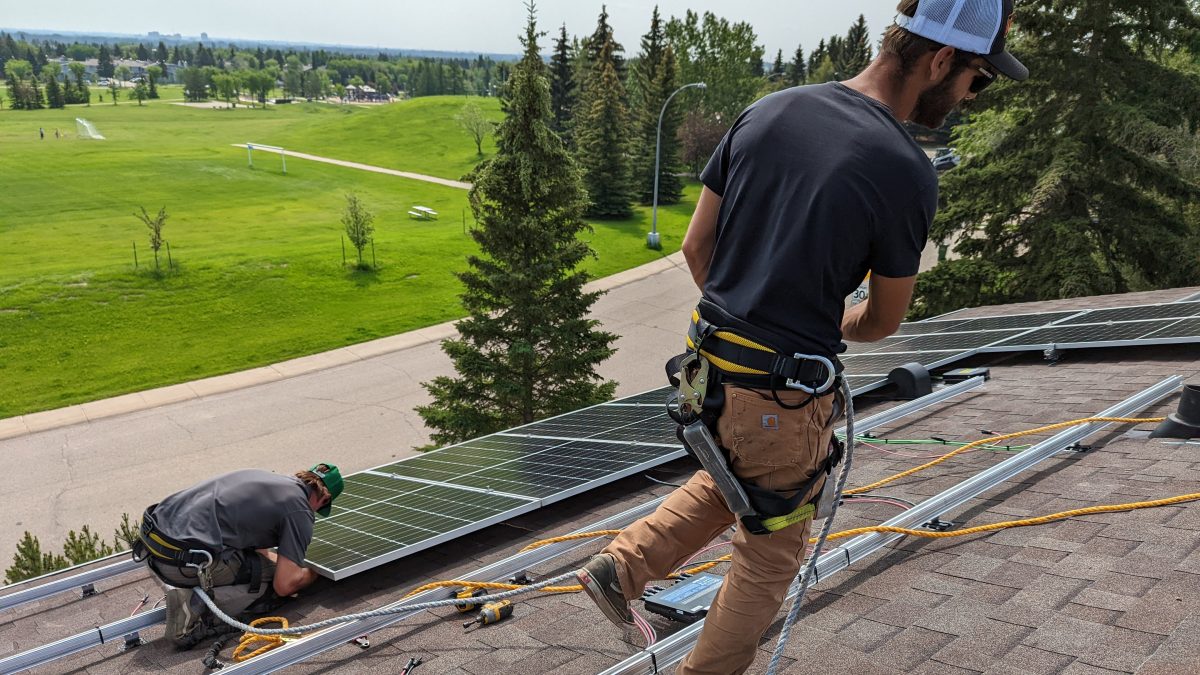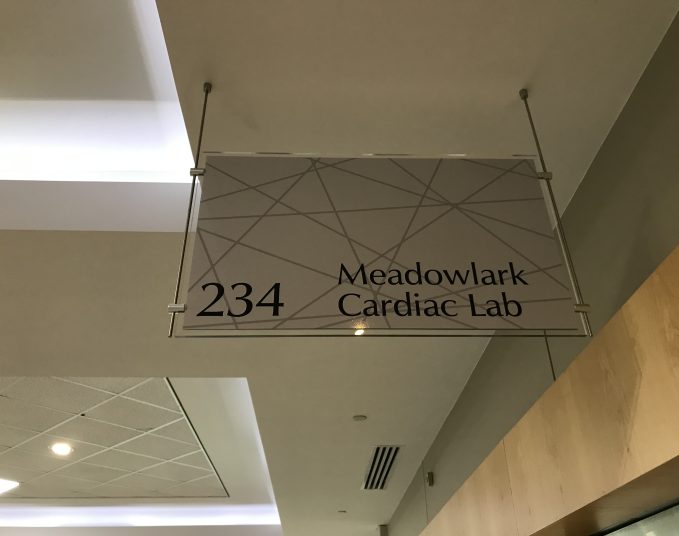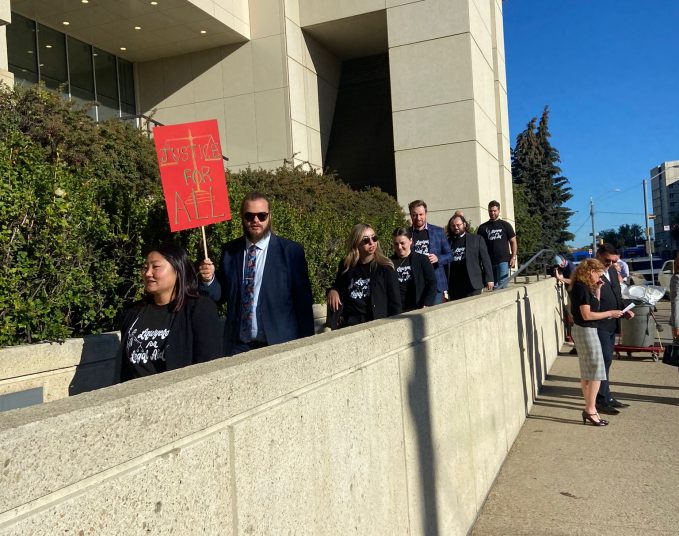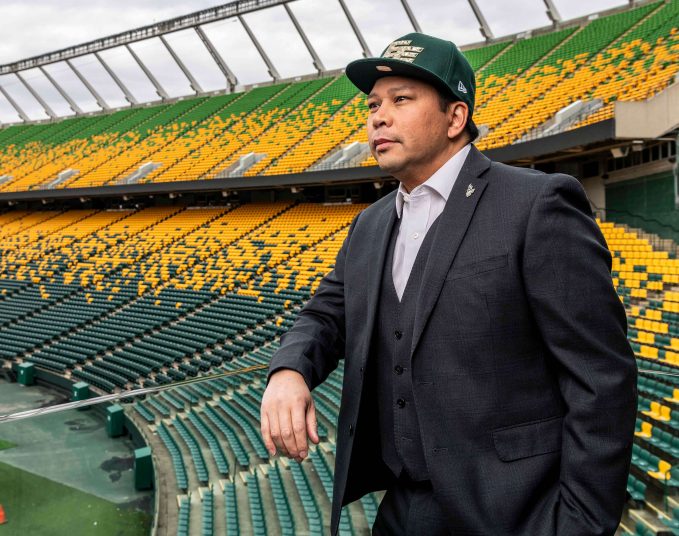In September, the City of Edmonton ended the rebate program which gave homeowners up to $4,000 to help them install a small solar power plant on their roof. The City committed $3 million to the program when it started in 2019 and now, in the third of the program’s planned four-years, that amount has either been spent or is committed to upcoming projects.
The City estimates that, when all is said and done, 1,425 dwellings will have new solar panels, adding around 10 megawatts of generation capacity and preventing 175,000 tonnes of carbon dioxide from being emitted over the lifetime of the systems, which was pegged at 30 years. In one of the preferred metaphors for understanding emissions, that’s equivalent to removing 37,707 gasoline-powered passenger vehicles from the road for one year or, less commonly referenced, it’s enough to charge 21.3 billion smartphones.
“There has been an incredible uptake by people and businesses, and that’s not even to mention the solar farms that are exploding in southern and all over Alberta.”
“When we started in 2019 we had good uptake and then saw not much of an increase in year two,” said Wai Tse Ramirez, the supervisor of the energy transition at the City, “but this year we had substantial interest in the program.” That interest took the program to its financial limit.
The federal Greener Homes Grant (up to $5,000) remains available for solar installations, and even with the loss of the City’s program, the demand for solar panels continues to go through the roof. Ever-lowering costs and increased environmental awareness are driving the industry, says Heather MacKenzie, the executive director of Solar Alberta, a not-for-profit clearinghouse for solar enthusiasts. “It’s phenomenal growth,” she says. “There has been an incredible uptake by people and businesses, and that’s not even to mention the solar farms that are exploding in southern and all over Alberta.”
MacKenzie says that, as of last month, there were 9,305 microgeneration solar systems online in Alberta, representing 143 megawatts of capacity. The larger commercial solar farms in the province now have a combined capacity of 1,088 megawatts, and the forecasts show much more than that will be added in the next few years.
The City of Edmonton does run two other programs that might be of interest to people looking to reduce their environmental footprint. The home energy retrofit accelerator program supports energy efficiency retrofits including insulation, windows, water and space heating equipment. The program provides bonuses for bigger renovations and allows the stacking of rebates with other energy efficiency incentive programs to a maximum of 100 per cent of the total investment.
The City also recently closed applications to its two-year pilot Clean Energy Improvement Program, which also saw high demand and is fully subscribed. It gives homeowners and organizations access to low-cost financing to make energy efficiency upgrades or add renewable energy installations to their properties. The financing is repaid by the property owner through property taxes, meaning the debt can carry through to subsequent owners and allowing for a long amortization period.
The City is considering the outcomes of both the pilot program and the solar rebate program and has not committed to continue either. “We will take the time to look at the programs, the outcomes, market conditions and other financing tools available to put together the best course of action we can for Edmontonians,” says Ramirez. MacKenzie says she hopes the solar rebates return, although maybe next time around there could be a means test applied to applications. “The main reason I would like to see it brought back is for lower-income Edmontonians,” she says, “for whom the price of solar is still not manageable.”
Savvy AF. Blunt AF. Edmonton AF.




